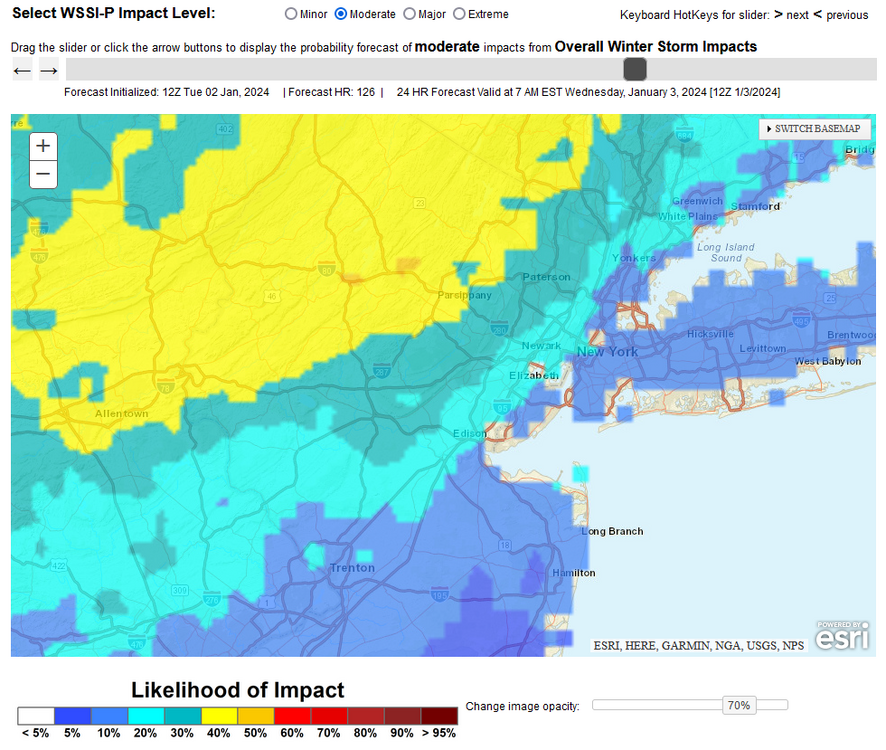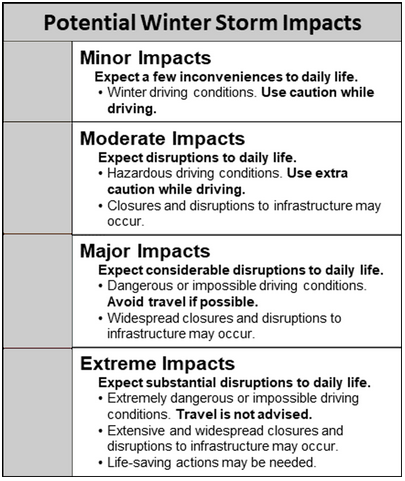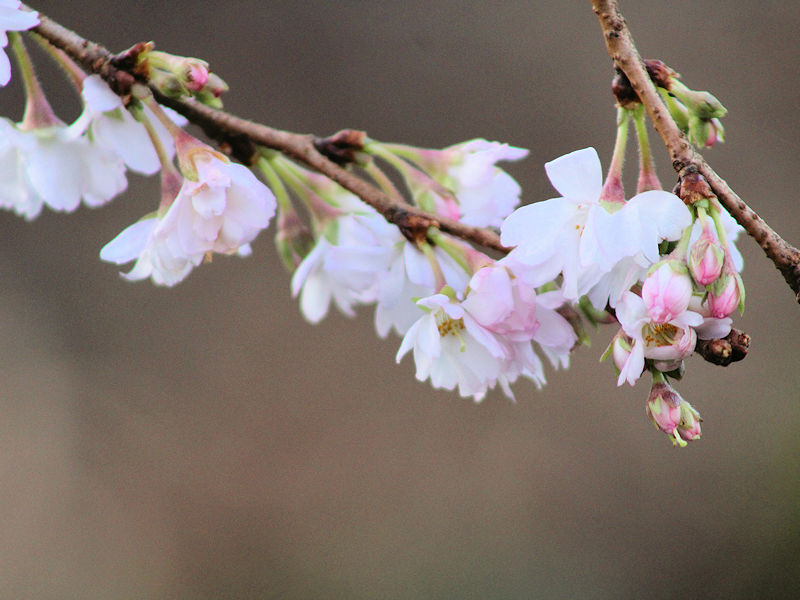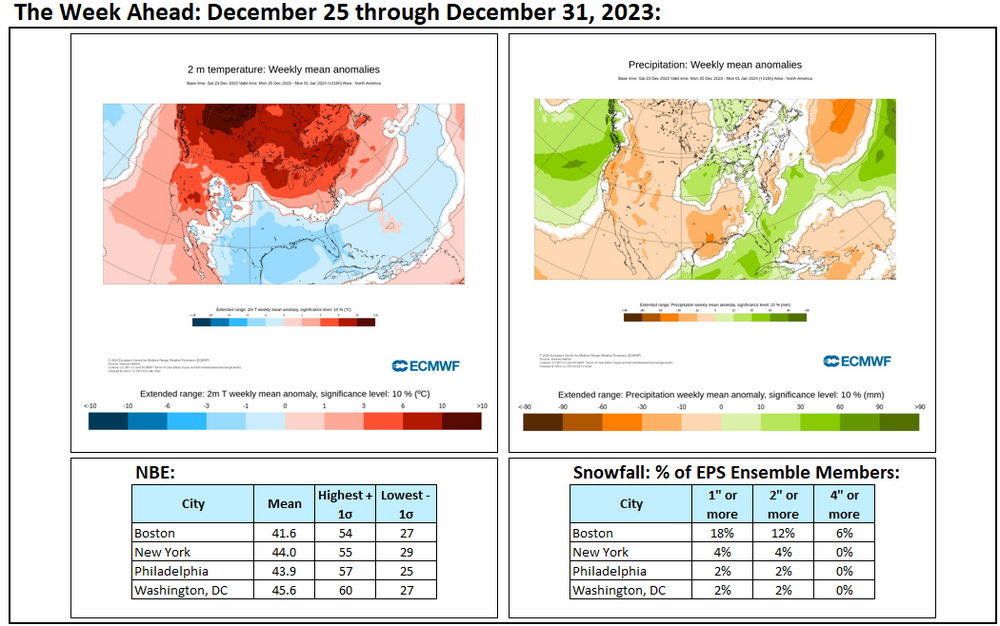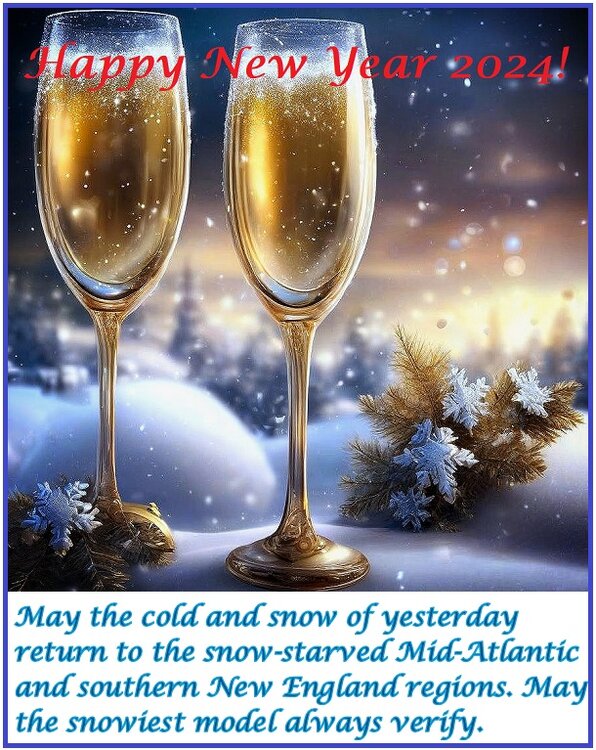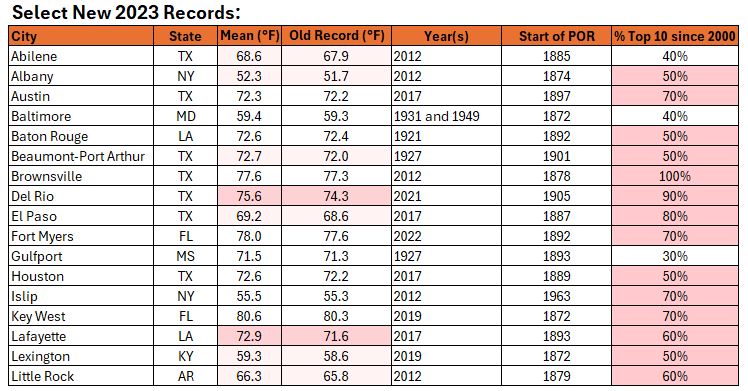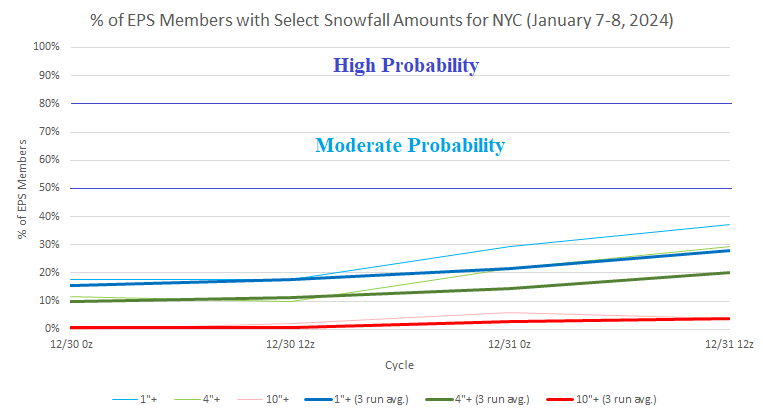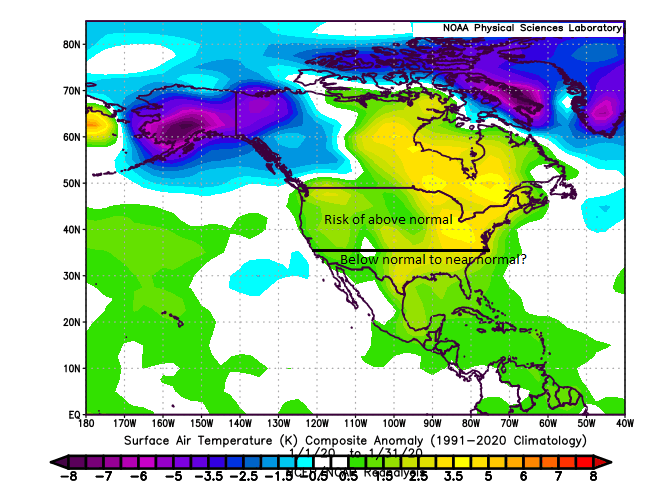-
Posts
22,981 -
Joined
Content Type
Profiles
Blogs
Forums
American Weather
Media Demo
Store
Gallery
Everything posted by donsutherland1
-
Some NYC residents saw the 12z GEFS and what it portends: They reacted strongly. The result: Notification issued 01-02-2024 at 11:26 AM. The United States Geological Survey (USGS) reports that a 1.7 magnitude earthquake has occurred near Astoria, Queens. The earthquake has reportedly been felt in the New York City area, but there are no reports of injuries or damage in New York City at this time.
-
Both the NAO and EPO were predominantly positive during December.
-

Two Mdt to high impact events NYC subforum; wknd Jan 6-7 Incl OBS, and mid week Jan 9-10 (incl OBS). Total water equiv by 00z/11 general 2", possibly 6" includes snow-ice mainly interior. RVR flood potential increases Jan 10 and beyond. Damaging wind.
donsutherland1 replied to wdrag's topic in New York City Metro
- 3,610 replies
-
- 6
-

-

-
- snow
- heavy rain
- (and 5 more)
-

Two Mdt to high impact events NYC subforum; wknd Jan 6-7 Incl OBS, and mid week Jan 9-10 (incl OBS). Total water equiv by 00z/11 general 2", possibly 6" includes snow-ice mainly interior. RVR flood potential increases Jan 10 and beyond. Damaging wind.
donsutherland1 replied to wdrag's topic in New York City Metro
Even as there remains considerable uncertainty, it is unlikely that Allentown will see 12"-18" of snow. The potential exists for 6"-12" if things come together. Select Data: 1/2 0z NBE: 6.2" (the 2z increased the snowfall to 9.0") 1/1 12z EPS Members: 12" or more: 20%; 18" or more: 2% WPC Probabilistic Winter Storm Severity Index for Major Impact: < 5% (around 20% for a moderate impact)- 3,610 replies
-
- 2
-

-

-
- snow
- heavy rain
- (and 5 more)
-
2024 kicked off with benign weather. The temperature rose into the middle 40s as the clouds broke for a time. The first week of January will likely feature generally near normal to somewhat above normal temperatures. Severe cold is unlikely. Some snow flurries and snow showers are possible Thursday morning. There is the possibility that a significant storm could bring measurable snowfall to the region during January 7-8. Details remain to be worked out. The ENSO Region 1+2 anomaly was +1.6°C and the Region 3.4 anomaly was +2.0°C for the week centered around December 20. For the past six weeks, the ENSO Region 1+2 anomaly has averaged +1.75°C and the ENSO Region 3.4 anomaly has averaged +1.98°C. A basinwide El Niño event is ongoing. The SOI was -2.63 today. The preliminary Arctic Oscillation (AO) was -1.779 today. Strong blocking in the final week of November, as occurred this year, has often been followed by frequent blocking in December and January. On December 30 the MJO was in Phase 2 at an amplitude of 2.047 (RMM). The December 29-adjusted amplitude was 1.993 (RMM).
-
As has become increasingly common in recent years, the New Year begins with a range of flowers in bloom in the NYC area. Cherry blossoms are in bloom in Central Park. Camelia, Mahonia, and Witch Hazel are in bloom in the New York Botanical Garden.
-

Two Mdt to high impact events NYC subforum; wknd Jan 6-7 Incl OBS, and mid week Jan 9-10 (incl OBS). Total water equiv by 00z/11 general 2", possibly 6" includes snow-ice mainly interior. RVR flood potential increases Jan 10 and beyond. Damaging wind.
donsutherland1 replied to wdrag's topic in New York City Metro
Nice jump on the 15z NBE for NYC (3.8"). Let's see where things are in a few days. There may be some basis to increase confidence in a 1"-3"/2"-4" snowfall (a "great storm" by winter 2022-23 standards). Interior sections appear most likely to see a significant (6"+) snowfall.- 3,610 replies
-
- 1
-

-
- snow
- heavy rain
- (and 5 more)
-

Two Mdt to high impact events NYC subforum; wknd Jan 6-7 Incl OBS, and mid week Jan 9-10 (incl OBS). Total water equiv by 00z/11 general 2", possibly 6" includes snow-ice mainly interior. RVR flood potential increases Jan 10 and beyond. Damaging wind.
donsutherland1 replied to wdrag's topic in New York City Metro
- 3,610 replies
-
- 2
-

-

-
- snow
- heavy rain
- (and 5 more)
-
-
The warmest year on record globally is coming to a close. Numerous U.S. cities, including New York City, also experienced their warmest year on record. Some highlights:
-
New York City's second warmest December on record is concluding with a monthly mean temperature of 44.6° (5.5° above normal). 2023 has become New York City's warmest year on record with an annual mean temperature of 58.0° (old record: 57.4°, 2012). Additional cities in the Northeast experiencing their warmest year on record included: Albany, Baltimore, Islip, Newark, Sterling, and Worcester. The first week of January will likely feature generally near normal to somewhat above normal temperatures. Severe cold is unlikely. Initially, the arrival of a colder regime could coincide with a drier one, so snowfall prospects will remain limited until near the end of the week or start of the following week. There is the possibility that a storm could bring measurable snowfall to the region during January 7-8 with interior sections likely to see the largest amounts. Details remain to be worked out and there is a risk that the storm could cut toward the Great Lakes Region. The ENSO Region 1+2 anomaly was +1.6°C and the Region 3.4 anomaly was +2.0°C for the week centered around December 20. For the past six weeks, the ENSO Region 1+2 anomaly has averaged +1.75°C and the ENSO Region 3.4 anomaly has averaged +1.98°C. A basinwide El Niño event is ongoing. The SOI was +12.20 today. The preliminary Arctic Oscillation (AO) was -1.865 today. Strong blocking in the final week of November, as occurred this year, has often been followed by frequent blocking in December and January. 55% of days in December saw the AO below 0.000, including 39% where the AO was -1.000 or below. On December 29 the MJO was in Phase 1 at an amplitude of 1.993 (RMM). The December 28-adjusted amplitude was 2.103 (RMM).
-
The EPS ensembles have "discovered" the potential January 7-8, 2024 storm. But there remains considerable uncertainty with a risk that a Pacific trough could result in the storm's taking a track too far to the north and west to bring a moderate or significant snowfall to big cities from Philadelphia to New York City.
-
Feel free to do so, Walt. Have a great New Year.
-
Week ahead numbers: If the above guidance is accurate, the long-awaited pattern change will arrive largely on schedule for the first week of January. The January 1-7 period will be the coldest 7-day period so far this winter. Severe cold remains unlikely. There will also be the prospect of snowfall, especially as the period closes. From this far out, even if a Pacific trough results in the potential 1/7-8 storm tracking toward the Great Lakes, prospects for at least a measurable snowfall are higher than they have been this winter on a regionwide basis.
-
-
New York City's second warmest December on record is nearing an end. Temperatures will remain somewhat above seasonal norms as 2023 wraps up as New York City's warmest year on record with an annual mean temperature of 58.0° (old record: 57.4°, 2012). The first week of January will likely feature somewhat below normal temperatures. However, severe cold appears unlikely. Initially, the arrival of a colder regime could coincide with a drier one, so snowfall prospects will remain limited. The second week of January could offer better opportunities for snowfall, as the retreat of cold air could occur while the pattern becomes wetter. There remains some uncertainty concerning the magnitude and duration of the colder period that could develop. At this time, it appears more likely than not that it will be seasonably cold or somewhat colder than normal with a duration of 1-2 weeks. The ENSO Region 1+2 anomaly was +1.6°C and the Region 3.4 anomaly was +2.0°C for the week centered around December 20. For the past six weeks, the ENSO Region 1+2 anomaly has averaged +1.75°C and the ENSO Region 3.4 anomaly has averaged +1.98°C. A basinwide El Niño event is ongoing. The SOI was +10.74 today. The preliminary Arctic Oscillation (AO) was -1.505 today. Strong blocking in the final week of November, as occurred this year, has often been followed by frequent blocking in December and January. On December 28 the MJO was in Phase 1 at an amplitude of 2.103 (RMM). The December 27-adjusted amplitude was 2.028 (RMM). Based on sensitivity analysis applied to the latest guidance, there is an implied near 100% probability that New York City will have a warmer than normal December (1991-2020 normal). December will likely finish with a mean temperature near 44.5° (5.4° above normal). That would make December 2023 the 2nd warmest December on record. With 2023 virtually certain to be among the 10 warmest Decembers on record, 60% of New York City's 10 warmest Decembers have occurred since 2000, including 40% since 2010, and all have occurred since 1980. Records go back to 1869.
-

E PA/NJ/DE Winter 2023-2024 OBS/Discussion
donsutherland1 replied to The Iceman's topic in Philadelphia Region
No record streak there. -
December is concluding in mild fashion. Locations including International Falls, Milwaukee, and Minneapolis will see their warmest December on record. New York City will finish its second warmest December on record. Strong El Niño events like the ongoing event typically see most of their snowfall after the first half of January (approximately 75% of their seasonal snowfall). The historic snow drought that grips Baltimore, New York City, and Philadelphia makes the wait almost unbearable. Patience will continue to be required. Looking ahead to January, the picture is complex. The strong El Niño event is likely to see a continuation of the negative Pacific Decadal Oscillation (possibly -1.000 standard deviations or more relative to normal). That combination would be almost unprecedented. Since 1950, there are two cases where the ENSO Region 3.4 anomaly was +0.50°C or above and the PDO was -0.95 sigma or below (1954: El Niño winter and 2020 (neutral winter that fell just short of El Niño status). Composite 500 mb Anomalies: 1954 was characterized by expansive and deep cold across Canada. That is not the case this year. Moreover, the climate has warmed substantially since 1954. That likely rules out its temperature anomalies. 2020 had a somewhat similar trough-ridge pattern with much more expansive warmth. However, the current winter has a much more active subtropical jet. Hence cooler anomalies than January 2020 (due, in part, to more frequent precipitation) are likely across the southern tier of the CONUS. January 2020 can serve as a reference for a reasonable "worst case" scenario. The January 2020 map is below: The latest CFSv2 monthly forecast provides an illustration of the risks: January 2020 featured below average snowfall across the New York City and Philadelphia areas. Monthly snowfall amounts included: Bridgeport: 4.6"; Islip: 2.5"; New York City: 2.3"; Newark: 2.7"; and, Philadelphia: 0.2" What could go right? 1. The PDO- could erode substantially introducing a 1965-1966-style breakdown of the generally warm pattern (albeit with less Arctic air than was available then) 2. Atlantic blocking could predominate given some storm track opportunities for snowfall 3. The sudden stratospheric warming event could ultimately lead to colder air coming into eastern North America toward the end of the month, even if it initially flows into the West What could go wrong? 1. The PDO- remains strong (-1.000 or below) 2. Most of the impact of the sudden stratospheric warming event winds up in Eurasia 3. Atlantic blocking breaks down 4. The subtropical jet weakens At present, it still appears that the first 1-2 weeks of January could wind up closer to normal than has been the case for December. Such temperatures would mark a dramatic departure from the "torch" that defined the closing week of December (widespread anomalies of 8° or more above normal in the Northeast). Initially, the first week of January could start dry, but a wetter pattern could emerge afterward. The key question concerns whether there will be sufficient cold still available. Afterward, there has been persistent guidance suggesting that the trough could shift out West with possible ridging developing in the East (2020 lite?). The EPS ensembles have been showing the development of a PNA- during the second week of the month, which would support conditions conducive to the trough's shifting to the West. Severe cold appears unlikely in the Northeast through at least the first half of January. Big snowstorms (6" or greater) for Washington to New York City also appear unlikely through the first half of January (ensemble guidance + strong El Niño climatology). None of this means that winter has been canceled. It suggests that the best wintry conditions are not likely during the first half of January.
-

E PA/NJ/DE Winter 2023-2024 OBS/Discussion
donsutherland1 replied to The Iceman's topic in Philadelphia Region
Baltimore’s record is now 701 days. Washington, DC does not have a record streak. -
Some of the cherry blossoms have come into bloom in Central Park, too.
-

E PA/NJ/DE Winter 2023-2024 OBS/Discussion
donsutherland1 replied to The Iceman's topic in Philadelphia Region
NYC is in a similar predicament. 685 days and counting (old record: 383 days). -
Today will be New York City's 700th consecutive day on which it has received less than 2" of daily snowfall.
-

E PA/NJ/DE Winter 2023-2024 OBS/Discussion
donsutherland1 replied to The Iceman's topic in Philadelphia Region
Today will mark Philadelphia's 700th consecutive day on which it has received less than 1" of daily snowfall.




